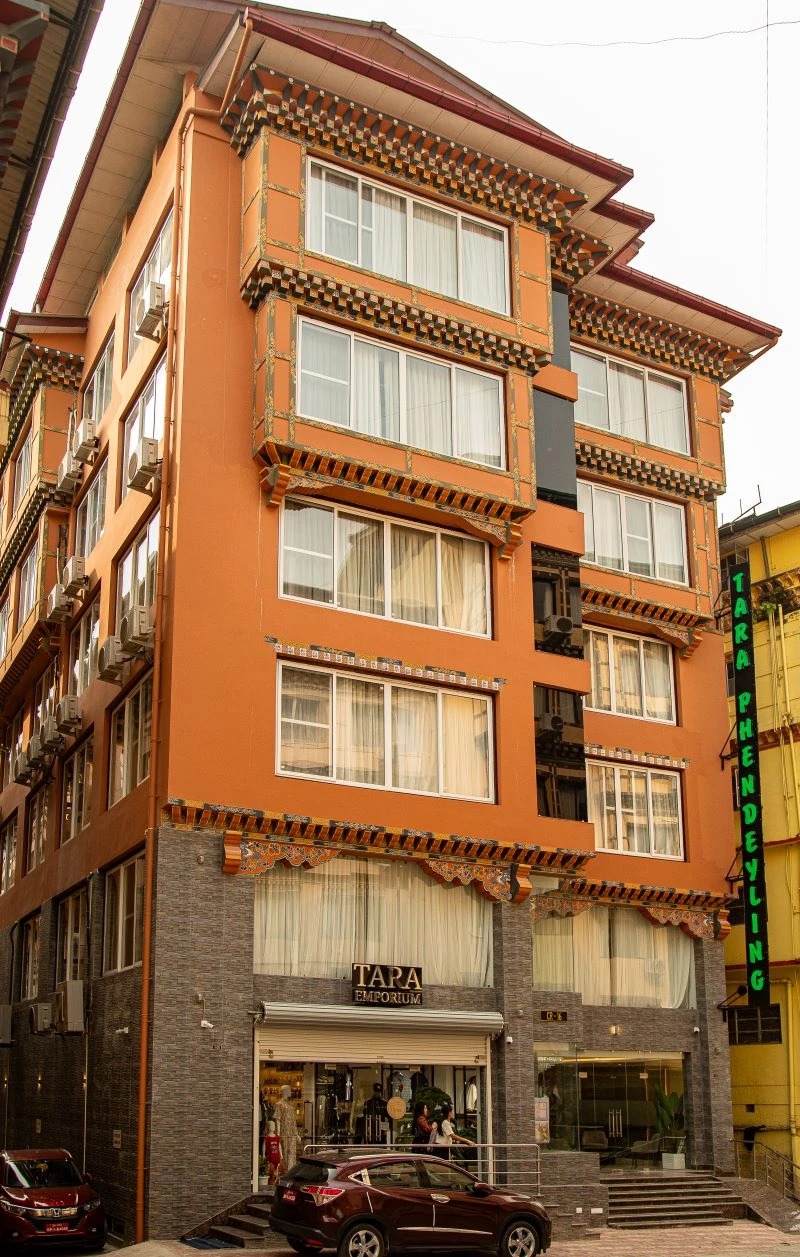7 Days Bhutan (Phuentsholing, Thimphu, Paro)
Bagdogra > Phuentsholing 1N > Thimphu 3N > Paro 2N > Paro
Duration
7 Days
Tour Type
Flight Inclusive Trip
Group Size
15 persons
Location
Bhutan
Sketch Itinerary
Itinerary
Day 1: Bagdora Airport - Phuentsholing
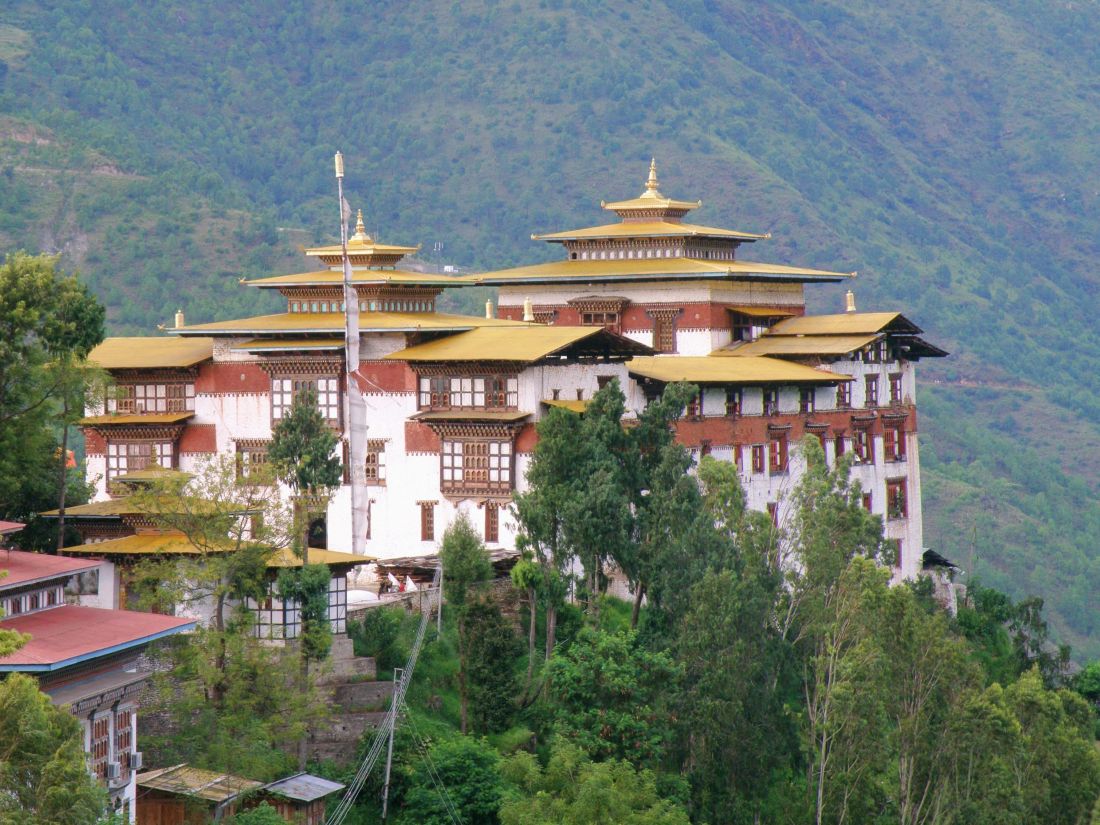
Meals Included: Lunch & Dinner
(Distance: 157 Kms. / Driving Time: 5 Hrs. / Altitude of Phuentsholing: 293 Mts.)
Meet & Greet on arrival at IXB Airport and transfer to Phuentsholing (961 ft.) - The Gateway of Bhutan by Road from India. It is a thriving commercial centre on the northern edge of the Indian Plains. On arrival check in at the hotel. In the evening, you may choose to relax at the hotel or walk around the Phuentsholing town.
Overnight Stay in Phuentsholing
Day 2: Phuentsholing - Thimphu
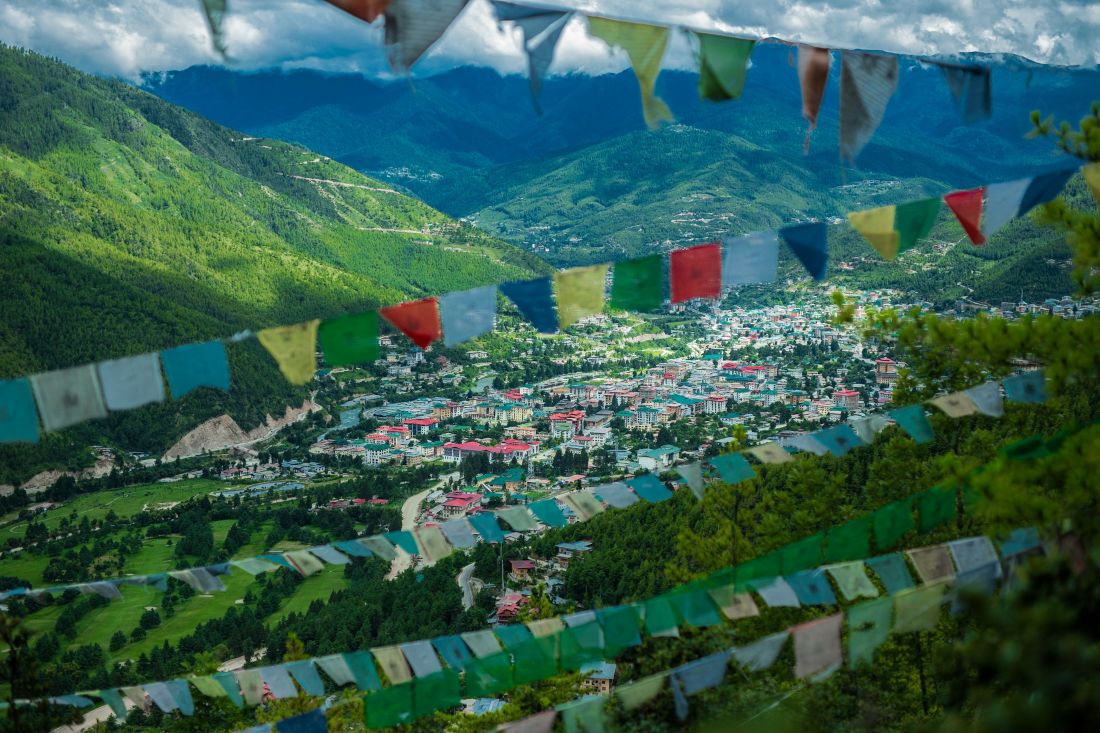
Meals Included: Breakfast, Lunch on the way & Dinner
(Distance: 150 Kms. / Driving Time: 5 Hrs. / Altitude of Thimphu: 2,350 Mts.)
After breakfast, complete the immigration formalities and transfer to Thimphu (7,710 ft.) the capital city of Bhutan. On the way, stop at places to view scenery and for Photography. On arrival check in at the hotel. Rest of the day at leisure.
Overnight Stay in Thimphu
Day 3: Thimphu Sightseeing
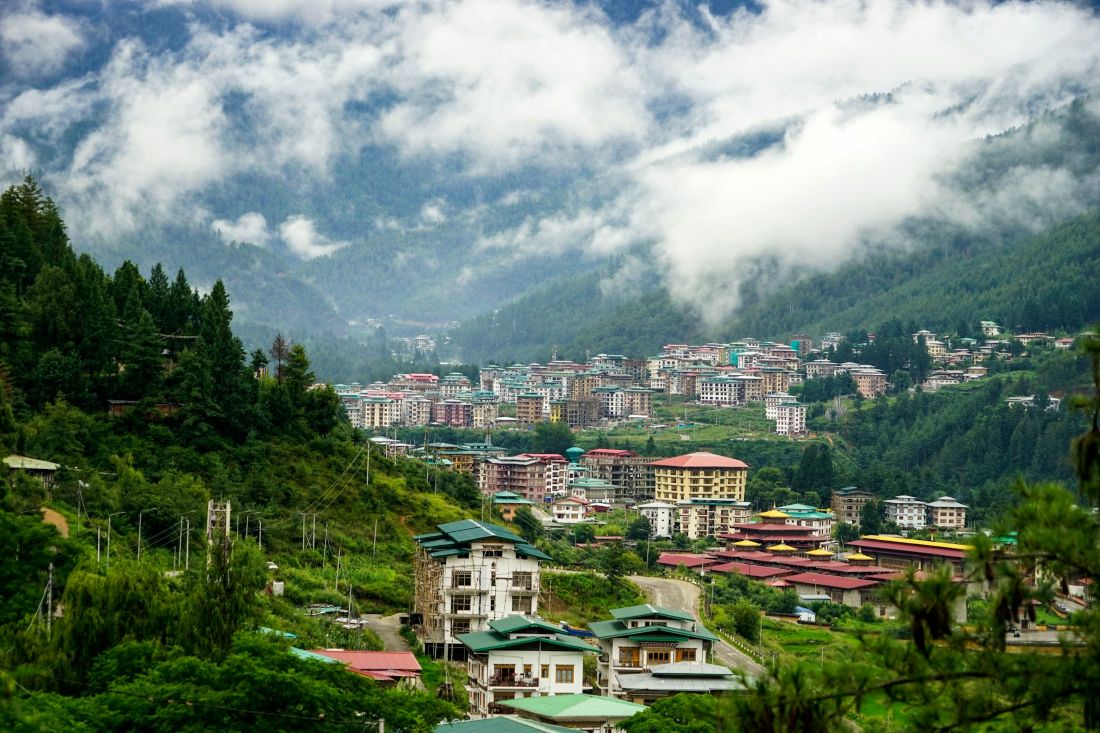
Meals Included: Breakfast, Lunch & Dinner
(Altitude of Thimphu: 2350 Mts.)
After breakfast visit the Kuenselphodrang (Buddha Dordenma). Located at a short drive from Thimphu City Centre, Kuenselphodrang offers a good overview of the Thimphu valley. The largest statue of Buddha in the country sits here which houses over one hundred thousand smaller Buddha statues. Then visit the National Memorial Chorten built in the memory of the Third King of Bhutan and visit the Folk Heritage Museum. Afternoon visit Sangaygang View Point. The Lookout point offers a stunning panoramic view of the entire Thimphu. On the way back visit the Takin Preserve Centre. Takin is the National animal of Bhutan. Then visit the Changangkha Lhakhang. This is a popular Buddhist temple and is especially visited by parents to receive blessings for their new-born. Its interiors are full of murals that depict different stories. In the evening, visit the Tashichho Dzong, first built in 1216 A.D. by Lama Gyalwa Lhanangpa. The Dzong is the seat of the National Government and the Central Monastic Body, including the summer residence of the Je Khenpo (Chief Abbot of Bhutan).
Overnight Stay in Thimphu
Day 4: Thimphu - Punakha/Wangdue - Thimphu
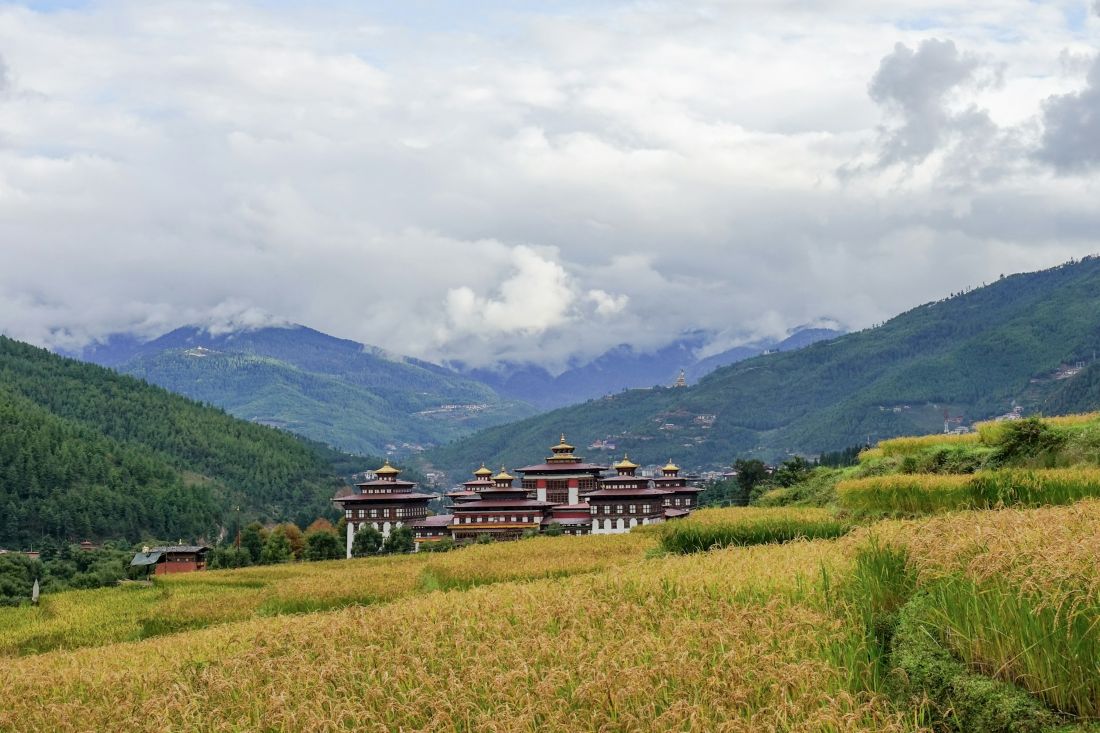
Meals Included: Breakfast, Lunch on the way & Dinner
(Distance: 78 Kms. One way / Driving Time: 3 Hrs. / Altitude of Punakha: 1,310 Mts.)
After breakfast drive to Punakha (4298 ft). On the way stop at Dochula Pass at 3150 m to view the higher Himalayas. The pass is approximately 25 kms away from Thimphu and is the highest point between the Thimphu and Punakha/Wangdue Valley. Another attraction is the 108 chorten/stupas (Druk Wangyel Chortens) built close to each other surrounded by numerous colorful prayer flags. Further, one the way to Punakha enjoy the winding roads and the nature at its best. While in Punakha, take a short and easy hike to visit the Chhimi Lhakhang which is also known as the “The Temple of Fertility” and was built by Lama Drukpa Kuenley, “The Devine Mad Man”. Then, visit the Punakha Dzong. Built in 1637 by Zhabdrung Ngawang Namgyal the Dzong served as the seat of the Government until the time of the Second King of Bhutan. The Dzong was named Druk Pungthang Dechen Phodrang (Palace of Great Happiness). It is still the winter residence of Je-Khenpo. If time permits, visit the Suspension Bridge, which is one of the longest in Bhutan. In the evening, drive back to Thimphu.
Overnight Stay at Thimphu
Day 5: Thimphu - Paro Sightseeing

Meals Included: Breakfast, Lunch & Dinner
(Distance: 55 Kms. / Driving Time: 1½ Hrs. / Altitude of Paro: 2,280 Mts.)
After breakfast transfer to Paro (7480 ft.). On the way visit the Tamchog Lhakhang. It was built in the 13th century by Thangthong Gyalpo who is also known as the Iron bridge builder. Situated on a hill top, we have to cross an ancient style bridge to reach the temple. On arrival in Paro, check in at the hotel. Afternoon, visit Ta Dzong - National Museum with an excellent collection of arts, relics, religious thangkha, etc. Rinpung Dzong - Meaning "fortress of the heap of jewels". The dzong now serves as the administrative and judicial seat of Paro. In the evening, explore the Paro Town and valley.
Overnight Stay in Paro
Day 6: Excursion to Taktshang Monastery
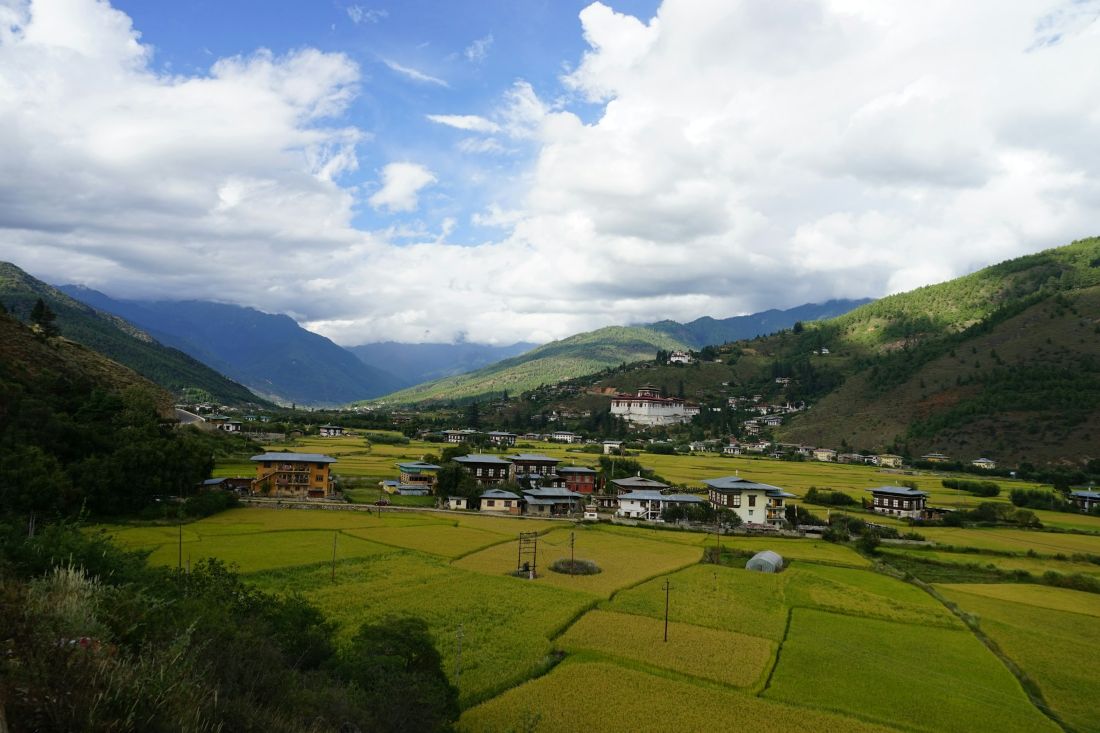
Meals Included: Breakfast, Lunch & Dinner
(Distance: 40 Kms. / Driving Time: 1.5 Hrs.)
After breakfast, drive to the base of the abode of gods and monks, the Taktshang Monastery. The monastery is a 2 -3 hours hike uphill from here. One feels truly blessed reaching the monastery. The primary Lhakhang was built surrounding Guru Rinpoche’s Meditation cave in 1684 which clings to the edge of a sheer Rock cliff that plunges 900 meters into the valley below. Legend has it that Guru Rinpoche flew here on the back of a tigress which gives its name “Taktshang” meaning Tiger’s nest. Afternoon (If time permits), visit the Drukgyel Dzong. Built in 1647, the dzong was destroyed by accidental fire and left in ruins as an evocative reminder of the great victories it was built to commemorate. Explore the ramparts and experience an unforgettable view of Mt. Jhomolhari (7,314 m). On the way back, visit Kichu Lhakhang, one of the oldest Buddhist temples in Bhutan.
Overnight Stay in Paro
Day 7: Paro Hotel - Paro Airport
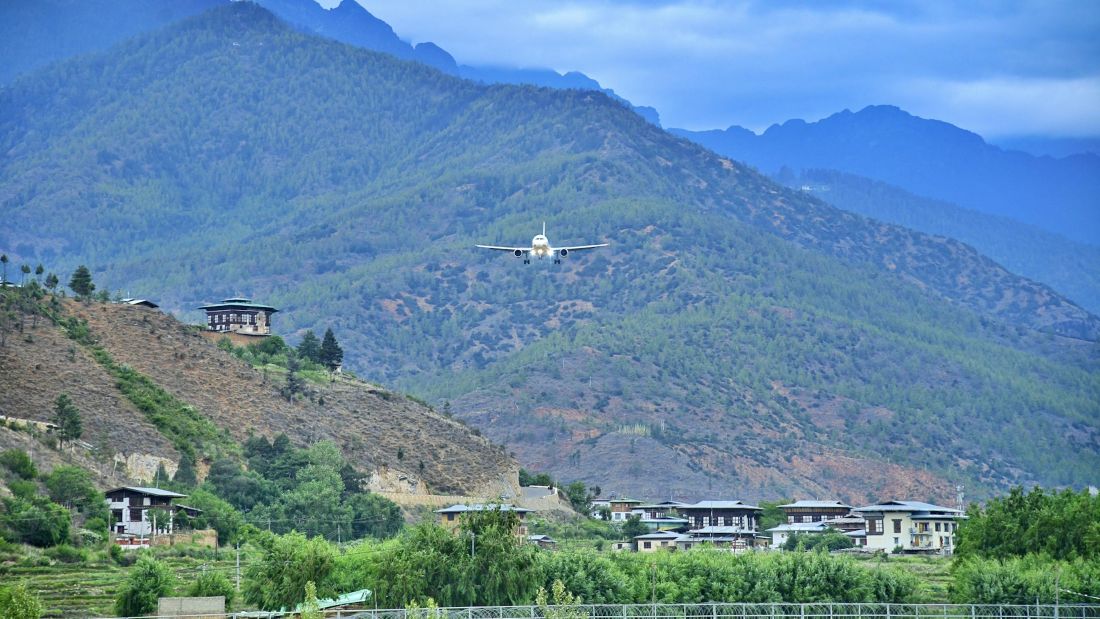
Meals Included: Breakfast
After breakfast check out from hotel and drive to Paro Airport for your onward journey.
End Of Tour
Included/Excluded
Hotel Details
Phuntsholing (1 Night)
Thimphu (3 Nights)
Paro (2 Nights)
Experiences
 Adventure & Thrill
Adventure & Thrill Culinary & Food
Culinary & Food Culture, Heritage & History
Culture, Heritage & History Lakes & Rivers
Lakes & Rivers Mountain & Hill Stations
Mountain & Hill Stations Nature & Wildlife
Nature & Wildlife Pilgrimage & Spiritual
Pilgrimage & Spiritual Scenic Drives
Scenic Drives Shopping & Local Markets
Shopping & Local MarketsFAQs
Do I need a visa to visit Bhutan?
What is the Sustainable Development Fee (SDF)?
What is the best time to visit Bhutan?
Which are the must-visit places in Bhutan?
What is the Tiger’s Nest Monastery and can I visit it?
How do I reach Bhutan?
What are Bhutan’s rules on tourism and environment?
What kind of food is available in Bhutan?
How do I get around Bhutan?
Can I use my mobile phone and internet in Bhutan?
Are there ATMs and can I use credit cards?
What is Thimphu known for?
Are there good shopping options in Thimphu?
What is Paro famous for?
How difficult is the Tiger’s Nest hike?
What is Phuentsholing and why do tourists visit it?
Can I get a permit in Phuentsholing?
What should I remember when crossing the border at Phuentsholing?
Extra prices:
Discounts:
- {{total_price_html}}
- {{pay_now_price_html}}
